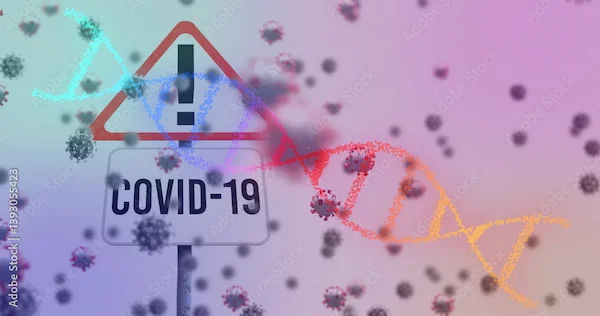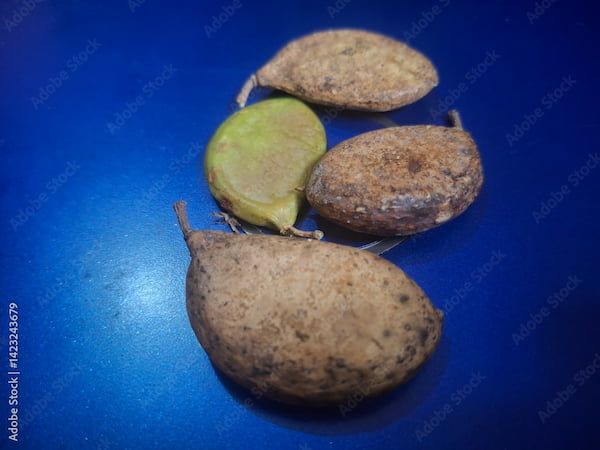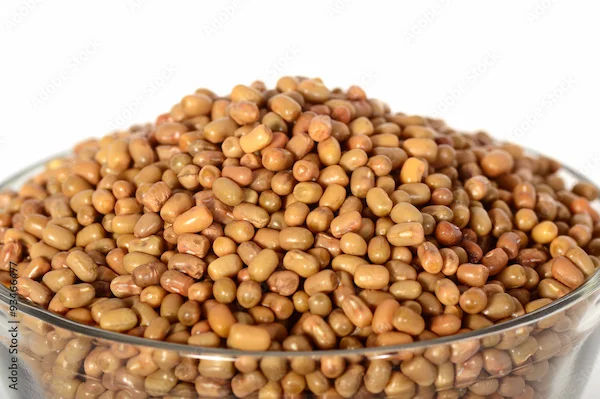Understanding Home Quarantine for COVID-19
Know about home quarantine, who needs it, how to do it at home, tips for smooth recovery and when to seek help. Learn about how to end the quarantine at the correct time.

Written by Dr. M L Ezhilarasan
Reviewed by Dr. Dhankecha Mayank Dineshbhai MBBS
Last updated on 31st Jul, 2025

Introduction
If you or a loved one has tested positive for COVID-19, home quarantine is an important step to prevent spreading the virus to others while you recover. While it may feel overwhelming, knowing what to do can make the process smoother and safer.
This article will guide you through home quarantine—what it means, how to do it effectively, and tips for staying healthy during this time.
What is Home Quarantine?
Home quarantine means isolating yourself at home if you have COVID-19 or have been exposed to someone who has it. The goal is to avoid contact with others so that the virus doesn’t spread further.
Who Needs Home Quarantine?
Home quarantine is needed when:
COVID-positive individuals with mild or no symptoms.
Close contacts of a COVID-positive person (if advised by a doctor).
If you have severe symptoms like difficulty breathing, persistent chest pain, or confusion, seek medical help immediately.
How to Quarantine at Home Safely
1. Stay in a Separate Room
If possible, use a separate bedroom and bathroom.
Avoid shared spaces like the kitchen or living room. If you must enter, wear a mask and maintain distance.
2. Minimize Contact with Others
Stay at least 6 feet away from family members.
Avoid physical contact, including hugs or handshakes.
If you live with high-risk individuals (elderly, pregnant women, or those with chronic illnesses), take extra precautions.
3. Wear a Mask
Wear a well-fitted mask (N95/KN95 or surgical mask) when around others.
Change masks daily or if they become damp.
4. Practice Good Hygiene
Wash hands frequently with soap and water for at least 20 seconds.
Use hand sanitizer (with at least 60% alcohol) if soap isn’t available.
Cover your mouth and nose with a tissue when coughing or sneezing.
5. Avoid Sharing Personal Items
Do not share utensils, towels, or bedding.
Wash dishes and laundry separately with soap and hot water.
6. Disinfect Frequently Touched Surfaces
Clean doorknobs, light switches, phones, and countertops daily with disinfectant.
Consult Top Specialists for Personalised Tips
Monitoring Your Health During Quarantine
Watch for COVID-19 Symptoms
Common symptoms include:
Fever or chills
Cough
Fatigue
Loss of taste or smell
Sore throat
Headache
Body aches
When to Seek Emergency Care
Contact a doctor immediately if you experience:
Difficulty breathing
Chest pain or pressure
Bluish lips or face
Confusion or inability to stay awake
If needed, you can book a teleconsultation with an Apollo doctor on Apollo 24|7 for expert advice without leaving home.
How Long Should You Quarantine?
Guidelines may vary, but generally:
If you test positive: Isolate for at least 5 days from the start of symptoms (or test date if asymptomatic). If symptoms improve and you have no fever for 24 hours (without medication), you can end isolation but continue wearing a mask around others for another 5 days.
If exposed but not positive: Monitor for symptoms for 10 days and get tested if symptoms appear.
Always follow the latest health guidelines from your local authorities.
Tips for a Smooth Recovery
Follow the below points for smooth recovery:
1. Rest and Hydration
Get plenty of sleep to help your body fight the infection.
Drink warm water, herbal teas, or soups to stay hydrated.
2. Eat Nutritious Foods
Focus on a balanced diet with fruits, vegetables, proteins, and whole grains.
Avoid processed foods and excessive sugar.
3. Stay Active (If Possible)
Gentle stretching or short walks (within your home) can help maintain energy.
Avoid strenuous exercise if you feel weak.
4. Manage Stress
Practice deep breathing or meditation.
Stay connected with loved ones via phone or video calls.
5. Keep Track of Symptoms
Use a notebook or app to log temperature, oxygen levels (if you have an oximeter), and symptoms.
When to End Quarantine?
You can safely end quarantine if:
You have completed the recommended isolation period.
Symptoms have improved (no fever for 24 hours without medication).
You test negative (if required by local guidelines).
If in doubt, consult a doctor before ending isolation.
Final Thoughts
Home quarantine is a responsible way to protect yourself and others from COVID-19. Knowing more about how you monitor the home quarantine, tips for smooth recovery and when to end quarantine are vital. By following these steps, you can recover safely and prevent the virus from spreading.
Consult a top general practitioner for the best advice
Consult Top Specialists for Personalised Tips

Dr. M L Ezhilarasan
General Practitioner
6 Years • MBBS
Visakhapatnam
Apollo 24|7 Clinic - Andhra Pradesh, Visakhapatnam

Dr. Shaik Abdul Kalam
General Practitioner
3 Years • MD (Physician)
Visakhapatnam
Apollo 24|7 Clinic - Andhra Pradesh, Visakhapatnam
(100+ Patients)

Dr. Rohinipriyanka Reddy
General Practitioner
9 Years • MBBS
Hyderabad
Apollo 24|7 Clinic, Hyderabad

Dr. Dixant Chhikara
General Practitioner
4 Years • MBBS
Delhi
SKYNN CARE, Delhi

Dr. Bulbul Biswas
General Practitioner
35 Years • MBBS, Diploma in Maternity and child welfare
Kolkata
HERSTEL CARE CLINIC, Kolkata
Consult a top general practitioner for the best advice

Dr. M L Ezhilarasan
General Practitioner
6 Years • MBBS
Visakhapatnam
Apollo 24|7 Clinic - Andhra Pradesh, Visakhapatnam

Dr. Shaik Abdul Kalam
General Practitioner
3 Years • MD (Physician)
Visakhapatnam
Apollo 24|7 Clinic - Andhra Pradesh, Visakhapatnam
(100+ Patients)

Dr. Rohinipriyanka Reddy
General Practitioner
9 Years • MBBS
Hyderabad
Apollo 24|7 Clinic, Hyderabad

Dr. Dixant Chhikara
General Practitioner
4 Years • MBBS
Delhi
SKYNN CARE, Delhi

Dr. Bulbul Biswas
General Practitioner
35 Years • MBBS, Diploma in Maternity and child welfare
Kolkata
HERSTEL CARE CLINIC, Kolkata




